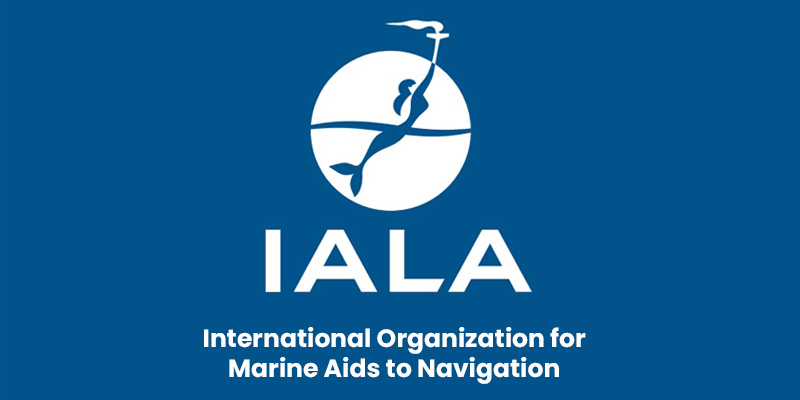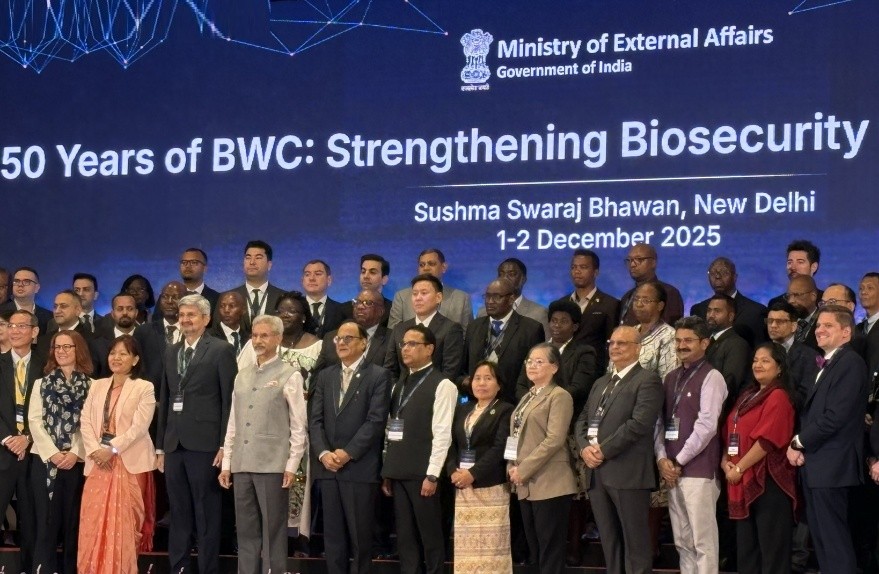Font size:
Print
ISRO’s Third Reusable Launch Vehicle Landing Experiment
Context:
ISRO plans to advance its Reusable Launch Vehicle (RLV) programme with the third and final landing experiment, RLV LEX.
More on News
- The Hindu reports that the Aeronautical Test Range in Chitradurga, Karnataka will conduct the test.
- Vikram Sarabhai Space Centre Director confirmed a Mission Readiness Review (MRR) for a test mission in the first half of June.
Key Highlights
- Upcoming Experiment (LEX-03):
-
- Objective: To demonstrate the feasibility of reusable launch vehicles by testing landing procedures.
- Test Vehicle: The mission involves releasing an unmanned winged prototype called “Pushpak” from a designated height.
- It will be lifted to a height of 4.5 kilometres and positioned 500 metres to one side of the runway using an Indian Air Force Chinook helicopter.
- Landing Process: Pushpak will autonomously approach the runway, making crossrange, downrange, and altitude corrections to touch down safely.
- Focus Areas: The mission will study sink rate reduction and handle tailwind conditions.
- Previous Missions:
-
- LEX-01: Successfully carried out on April 2, 2023.
-
- LEX-02: Successfully conducted on March 22, 2024, with a lateral distance of 150 metres from the runway.
- Development and Design: Vikram Sarabhai Space Centre (VSSC) at Thumba is responsible for the design and development of Pushpak.
- Future Plans:
-
- ISRO plans to proceed with the next stage of tests under the RLV-Technology Demonstrator (RLV-TD) program.
- An unmanned Orbital Re-entry Vehicle (ORV).
- 1.6 times the size of Pushpak, will be used in orbit experiments.
- The ORV will feature a thermal protection system and a retractable landing gear.
- This mission is expected within the next two years.
- ISRO plans to proceed with the next stage of tests under the RLV-Technology Demonstrator (RLV-TD) program.

Reusable Launch Vehicle
- Goal: Reduce space access costs through a reusable launch vehicle.
- Programme: RLV-TD (Reusable Launch Vehicle-Technology Demonstration)
- A series of missions will be undertaken to develop technologies for a two-stage to-orbit (TSTO) reusable vehicle.
- Winged RLV-TD acts as a flying test bed for various air-breathing propulsion technologies.
- Missions:
-
- RLV-TD HEX-01 (May 23, 2016): The maiden mission successfully showcased re-entry vehicle design and flight testing technologies, with a suborbital flight designed for sea landing.
-
- RLV Landing Experiment (RLV-LEX): The project tackles the challenge of autonomous landing on a runway by using a helicopter to transport RLV to altitude and then land on the runway.
-
- RLV Orbital re-entry Experiment (ORE): It is a spacecraft that uses existing GSLV/PSLV stages to stay in orbit, then autonomously re-enters and lands on a runway.
|
Mission Readiness Review
|


